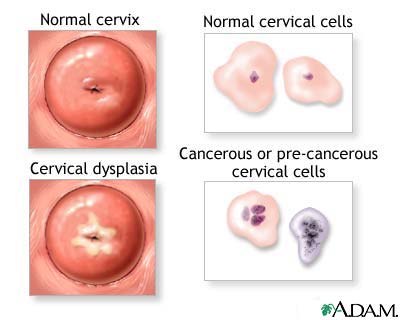
You had a great time Friday night, hooking up with someone as lonely as you were. but did your partner, whom you might never see again, leave something behind to remember him or her by?
Sexually transmitted infections have increased in number since El Paso County dumped its testing, surveillance and treatment program in late 2008. in 2009, the incidence of chlamydia — the most common STI — surged by 10 percent, to 2,928 cases. That pushed the incidence rate up from 447 per 100,000 people in 2008 to 484 in 2009. During that same time, the number of people statewide with the disease went up by 4 percent.
But more concerning to those who monitor such things may be the five local cases of syphilis, because they’re part of a dramatic uptick statewide. Thanks largely to an outbreak in Denver last year, the number infected with the worrisome STI increased by 56 percent, to 164.
“A 50 percent increase is an alarming increase,” says Ralph Wilmoth, who oversees the Colorado Department of Public Health and Environment’s STI/HIV Disease Control and Environmental Epidemiology Division. “We’re working with Denver public health and notifying providers to be attentive to that. We’re working with the community so the community knows, so they’re aware of their need to be attentive to symptoms and to inform their health care providers that they should be tested.”
In late 2008, after a county sales-tax ballot measure was defeated, the El Paso County Department of Health and Environment announced cuts. in addition to 23 workers, investigations of sexually transmitted diseases were among the casualties. Gone were the county’s clinical and surveillance components, which included testing and treatment, plus efforts to notify a patient’s partners.
“When you have a local finger on the pulse in terms of STIs and doing investigations, you’re going to stay a bit more up to date, because you’re there every day,” says medical director Dr. Bernadette Albanese. “And we don’t have that anymore. For our community, it’s a loss.”
Not only does surveillance identify infected partners, it’s an avenue for education and prevention of diseases whose symptoms can be invisible, Albanese says. For instance, some STIs can cause scarring of the reproductive tract, which can lead to infertility, and even infection of a newborn.
The state has taken on El Paso County’s surveillance in special cases, as it already did for other counties. but it doesn’t test or treat except when dealing with outbreaks, like the Denver syphilis problem. its numbers come from labs and private physicians, all required to report positive test results.
The latest state numbers for chlamydia, for 2009, show that 2,029 women tested positive in El Paso County — higher than the preceding five years. (Data from 2010 won’t be available until May.) both Albanese and Wilmoth say chlamydia is probably not more prevalent in women than men, but women are more apt to seek medical services.
The syphilis numbers, while small, do present cause for concern; the 11 cases over the last two years represent a big jump from 2005′s single case. Late-stage syphilis can bring some nasty symptoms, even blindness and dementia, and syphilis at any stage also makes contracting HIV/AIDS easier.
Using active surveillance — “beating the bushes” for infected partners — can lead to treatment and the lowering of infection rates over time, says John Potterat, who worked STI investigations for the county between 1972 and 2001. When he started, he saw one case of syphilis a week. “When I left, we had a case per year,” he says. “If you’re not digging cases out of the woodwork, you really don’t know what’s out there.”
The state reports El Paso County is the third-highest for number of people living with HIV, at 422. in 2009, there were 22 new cases reported locally. Albanese says the county has a small grant to perform HIV testing but, again, mostly relies on the state.
When Victoria Stone, outreach case manager for homeless youth agency Urban Peak, started organizing an HIV testing program, she found little coordination.
“There are so many services and collaborators in Denver, and we don’t have that here,” she says. She notes, however, the Southern Colorado AIDS Project, planned Parenthood, the Pride Center and the Health Department have agreed to help. The goal of the “You know Different” campaign is to test everyone under 25 — the group with the fastest-growing incidence nationwide.
Testing is key, she says, because one in four people who have HIV don’t know it.
Stone and program worker Eric Pizana started with the LGBT community. in recent months, they’ve tested 17 young people with oral swabs that yield preliminary results within 20 minutes. no positives so far. anyone with a reactive test would be referred to Denver Children’s Hospital.
“If you get on medication,” Stone says, “you can live for a long time.”